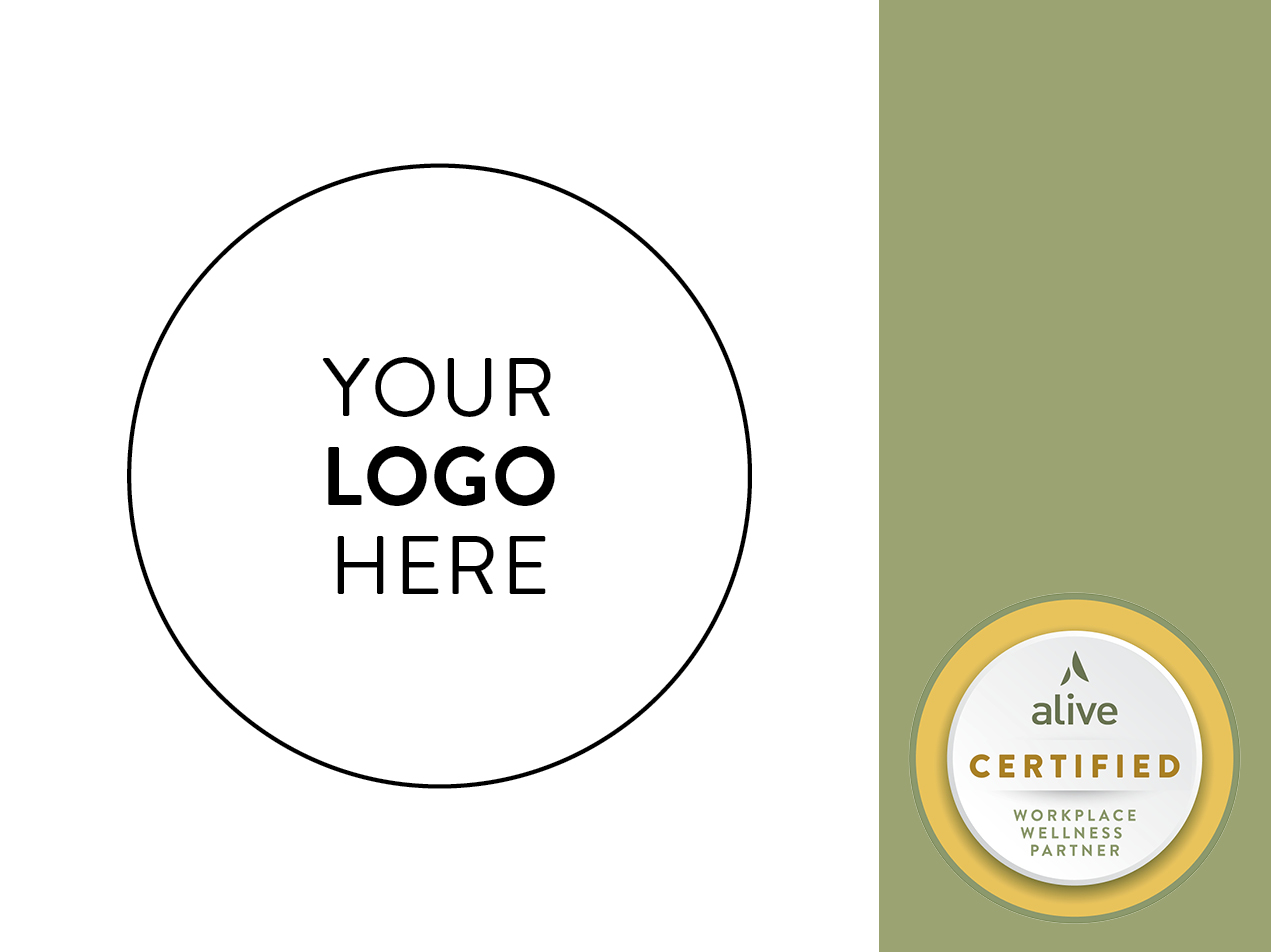
Think about your last meeting. You probably remember what you said, but can you remember what you did? Did you have your hand on your neck while answering a question from your boss? Did you keep your chin up and lean in?
If the former, your boss may think that you feel talking to her is a pain. If the latter, congratulations: you showed confidence and interest in what others were saying.
How is this possible? About 93 percent of our communication is nonverbal. That means body language and facial expressions do the majority of our talking for us. For professional success, it’s worth taking the time to become fluent in this silent language.
“Body language is so important because it is a not-so-secret language that provides information to others about our feelings about ourselves, those around us, our work and our environment. It’s important to be aware of the messages we are conveying,” says psychotherapist Kim Cochrane.
Esther Kane, a registered clinical counselor, agrees. “The more open you are with your body language, the more you will be perceived as confident, likeable, trustworthy and capable. Remember, the other person will be looking to see that your physical gestures mirror your words—keep them both open and positive.”
Your body language crash course
“People-watching is a great way of studying how body language works. Find someone who is a great communicator and start watching how they use their body and trying on some moves for yourself,” says therapist Beth Burgess.
Here are a few other tips that will put your body language to work for you in the workplace.
Posture
Stand tall and take up space. Keep your posture erect, your shoulders back and your head held high.
Feeling a lack of confidence? Research has shown that holding simple power poses makes us feel more powerful and confident. Assuming a high power pose, like hands above head, shoulders back and keeping the limbs open for two minutes increases our testosterone, which is linked to power and self-esteem, and decreases our cortisol, which is linked to stress. This may be especially helpful for women; men may be viewed as aggressive when they strike a power pose and should use this strategy in moderation.
Hands
Talk with your hands and use open gestures. Keep your movements relaxed and show the palms of your hands. This communicates you have nothing to hide. Be aware of folding your arms; this may suggest you are closed off and not interested in what is being said. At the same time, reduce nervous gestures. Whether it’s rubbing hands together, playing with hair or drumming fingers on a desk, fidgeting takes away our credibility.
Face
Smiling enhances our own well-being and tells others we are approachable and trustworthy.
Eye contact is the single most powerful communication tool between two people and conveys openness, sincerity and trust. But there is a fine line; too much eye contact can be seen as aggressive or intimidating.


